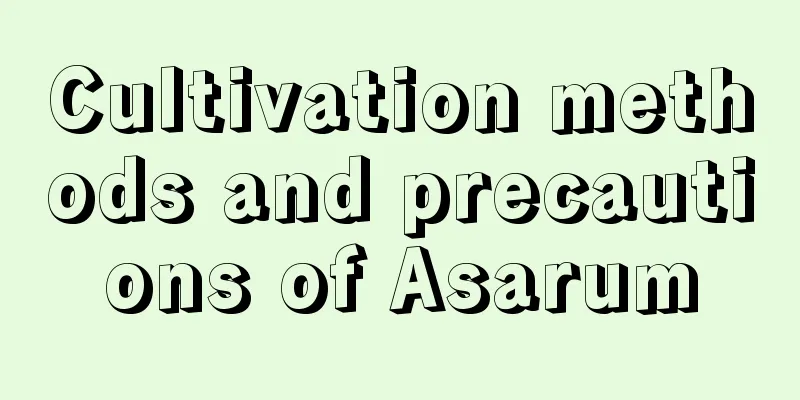What are the effects of perlite on plants and what flowers are suitable for it?

1. Effects on plants1. Maintain stability: Perlite is non-toxic and can be widely used in various fields. It is also suitable for growing flowers at home. It is very good for plant growth and has stable properties, which can keep the substances in the soil stable and will not change easily. It can help plant growth and is good for the later development of the plants. Therefore, when preparing the soil, perlite can be added appropriately. 2. Absorbing water and fertilizer: There are many cracks in the structure of perlite, which can absorb water and nutrients. After being mixed in the soil, it can absorb water to keep the soil moist. After part of the water inside evaporates, it can continue to replenish water, which can slow down the rate of water loss. The same goes for fertilizers, which release their effects slowly. 3. Loose and breathable: Perlite is a kind of granular material. It can be mixed into the soil when preparing it. It can make the soil loose and breathable and prevent the soil from becoming compacted. After the plants are planted, the roots can breathe and grow normally. 4. Absorbing pesticides: The structure of perlite is pearl cracks, which are porous and have strong absorption capacity. After spraying the insecticide, perlite can absorb part of it and then slowly dilute it out. 2. What flowers are suitable for growing?Perlite is acidic, so it is suitable for growing plants that like acidic conditions. It is also suitable for growing plants that like loose soil, such as succulents. |
<<: The correct use of coconut husk bricks and how to mix soil
>>: What is perlite made of, and what are its functions and effects?
Recommend
What kind of insects are prone to lavender? How to deal with lavender insects
1. Red spider Red spider mites are a common pest....
The flower language and origin of the name of the blue butterfly
The Flower Language of Blue Butterfly The flower ...
How to water peach eggs
Watering principles Peach egg likes a dry potting...
Does honeysuckle have a high yield? What is the yield per mu?
Does honeysuckle have a high yield? The yield of ...
Is it better to use a large pot or a small pot for cactus? What size pot is suitable for planting?
The cactus plant does not have too many requireme...
What is the best row spacing and plant spacing for celery planting?
Celery Planting Spacing When planting celery, the...
How to care for hydroponic garlic
Garlic hydroponic method First, you need to choos...
What fertilizer is best for longevity flowers
Fertilization time of Kalanchoe Kalanchoe is gene...
How to care for hanging bamboo plum in winter
Is the hanging bamboo plum afraid of cold? The ha...
Coconut's growing environment and local conditions
Coconut Growth Environment and Conditions Coconut...
Why aren't geraniums blooming?
1. Insufficient light Geranium may not bloom due ...
Can I grow succulents in leaf mold?
Can leaf mold be used to grow succulents? Leaf mo...
Can plum pits be planted?
Can plum pits be planted? Plum pits can generally...
Is peach and plum bonsai easy to grow?
1. Is it easy to raise? Peach plum is a relativel...
What fertilizer should be used for basal fertilizer and topdressing fertilizer?
Effect of Bupleurum chinense base fertilizer Alth...









